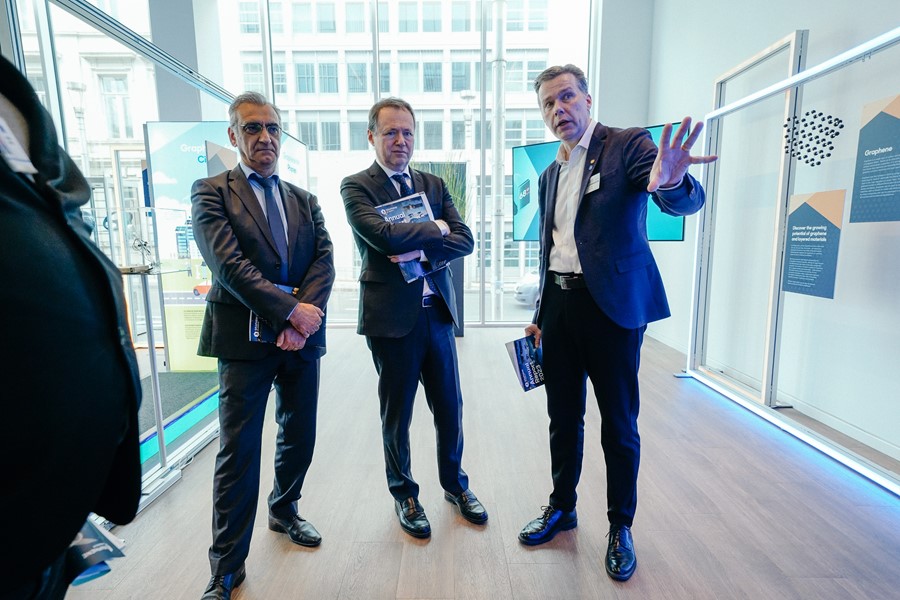European Commission publishes report on the ten-year achievements the Graphene Flagship
A report on the Graphene Flagship has been published giving a comprehensive overview of the main scientific, technological and industrial achievements in an important technology field.
The Graphene Flagship was launched by the European Commission in 2013 as Future and Emerging Technologies (FET) Flagships, with a combined budget of EUR 1 billion and with the overarching aim of mobilising researchers, academics, industry and national programmes to tackle major challenges in science and technology.
The report showcases some of the many achievements of this decade-long initiative. The Graphene Flagship has demonstrated the potential of graphene, which consists of a single layer of carbon atoms and has many highly useful properties, as well as of other new 2D materials. It has laid the groundwork, for instance, for graphene-based brain-computer implants that can help to reduce the symptoms of Parkinson’s disease, de-icing systems to help planes fly safely and more efficient batteries and solar panels. The Graphene Flagship has also created a flourishing EU ecosystem, built on in-depth collaborations between over 200 scientific and industrial partners. The project has launched the careers of around 1,000 doctoral and postdoctoral students, created 20 spin-offs and brought more than 100 products to market.
The report not only describes the project's key achievements but also evaluates how it contributed to strategic EU goals and the visibility of European research in these fields. They highlight what can be achieved by dedicated teams of researchers from across Europe working together over a ten-year period.
Read the full report: Graphene Flagship 10 years assessment

Graphene Flagship Director Patrik Johansson explains the Graphene Flagship's achievements at the opening to an exhibition on the initiative at DG CNECT offices in Brussels.

The European Commission's Roberto Viola speaks at the DG CNECT Graphene Flagship exhibition.




